Global Big Day is almost here! Read our top tips to keep your birding bonanza from going off the rails.
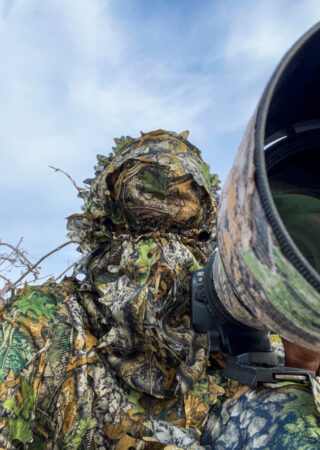
Global Big Day is the most anticipated birding event of the year. Birders around the globe head out into their backyards, neighborhoods, forests, and wetlands, to look at birds and submit their observations via eBird checklists. Sounds simple, right? Well, not always! Birds can be unpredictable, and surprises like sudden rain or a dead phone battery can throw you off your game.
But don’t worry! It doesn’t have to be stressful. If you’re feeling excited, but a little overwhelmed—you’ve come to the right place! Firstly, THANK YOU for stepping up as a citizen scientist. Every checklist you submit through eBird will help scientists track bird populations, understand migration patterns, and identify where conservation efforts are urgently needed so that key habitats can be protected before they’re lost. Your participation isn’t just fun—it’s powerful.
We’ve gathered top tips from seasoned BirdsCaribbean GBDers on what not to do, so you can avoid common pitfalls and focus on watching the birds.
Don’t just Wing it!
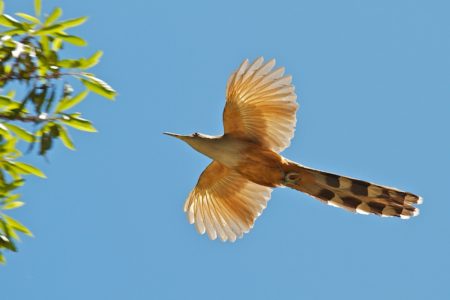
Don’t just fly out the door with vague plans to ‘find some birds’! If you want a fun day full of great bird sightings, consider planning and even scouting out your route if it’s somewhere you haven’t been before. Think about where you want to go and what you want to see.
Aiming to maximize your species count? Then you definitely want to bird different habitats! eBird hotspots can tell you the best places to find specific birds. You’ll also need to think about environmental factors that affect what birds you might see—like time of day or height of the tide (for coastal areas). Check the weather forecast—rain predicted for early morning? Maybe there is still somewhere you can birdwatch where this will be less of a problem!
One big advantage of joining one of our BirdsCaribbean Global Big Day teams is that team leaders often coordinate group efforts, spreading birders across different habitats: forests, swamps, coastlines, and even urban areas to maximize the number of species spotted.
You can’t plan for everything! What if you hear about a rare bird on the eBird grapevine? You’re going to have to change your plans! Sudden rainstorm? Why not take a break to take shelter and refuel (even in your car—who knows you might spot something great through the rain-soaked windscreen!). Stay flexible!
eBird or bust
So, you’ve seen a lot of birds, and you’re basking in the glow of adding a ‘lifer’ to your Big Day list. But, remember—you need to get your bird sightings on eBird for them to count! Submitting your checklists to eBird is what turns your birding into real data that powers conservation. Make sure you’re eBird ready before the Big Day with these helpful resources:
Enter sightings with eBird Mobile—Install the app, adjust your preferences, and download your regional “Pack” for your island or state. (Packs are lists of birds you are likely to see in a given region of the world)
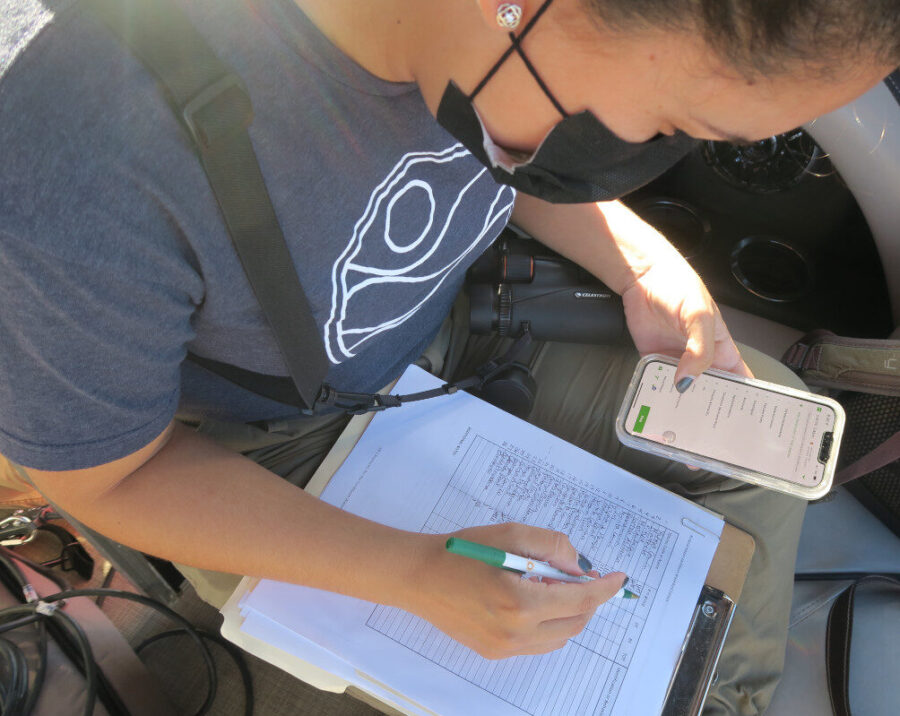
Also, check with your team leader to ensure your checklists are added to the official team Trip Report so every bird you log increases your team’s chances of spotting the most species!
There are two ways to make sure your checklists are included:
- Join the Trip Report in advance. Ask your team leader to invite you. When you get the email, be sure to click JOIN Trip Report (top right corner of the page). That’s it—all your checklists will be added automatically, and you can watch your team’s progress in real time throughout the day. (Find your team’s Trip Report link in column E)
- Share each checklist manually: Use your team’s username in column B to share each checklist. This also works—but your team leader has to manually accept each one, so results may not appear right away.
Not on one of our island or multinational teams yet? What are you waiting for? Join today on GiveButter!
Pro tip: Once you’ve joined your team trip report you could spend the whole day obsessively refreshing the page and checking your team’s species total, but we strongly recommend you spend some time birding!
One list does NOT rule them all
You’ve got the eBird app, you’re in your team trip report, you’ve made a plan, and you’re excited and ready to bird! BUT don’t just hit start on your checklist as the Big Day sunrises and then only hit stop as you roll exhausted into bed! The BEST way to eBird is to do multiple lists.
Changed locations or habitat type? Start a new list.
Stationary for more than an hour? New list.
Traveling for more than a mile? New list.
Changed the type of birding you’re doing (i.e., going from a stationary to traveling count or vice versa)? You guessed it—new list! (T-shirts coming soon.)
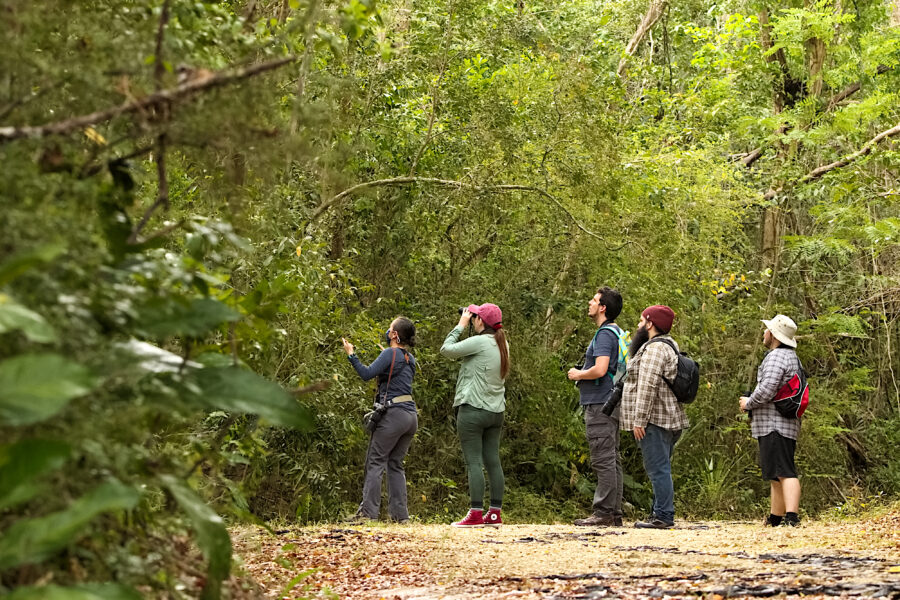
eBird explains it simply and best: the shorter the duration and distance of your checklist, the more valuable your data becomes. Long checklists that cover large areas make it hard to pinpoint exactly where and when birds were present. For more eBird best practices click here.
You can easily check your total species seen from the day across all your lists by looking at your contribution to your team’s eBird trip report!
Pro tip: Make sure your checklists are complete (i.e., report every species you were able to ID by sight or sound) for the best scientific value.
Gear up or go home
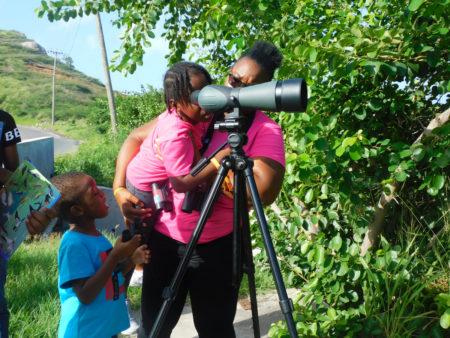
Nothing kills a good birding moment like forgotten binoculars or a dead phone. Test your gear before you hit the trail. Charge everything. Know how it works. Thank us later.
We recommend packing light but packing smart. Your GBD survival kit should include:
- phone (with eBird app)
- field guide
- binoculars or scope
- camera (memory cards installed please!)
- batteries (charged)
- water (don’t forget to stay hydrated, champ!)
- medicine
- snacks
- spare clothes, and
- anything else you’ll need to stay comfortable and focused in the field
A little prep goes a long way toward making your day smooth and successful.
Pro tip: On GBD snacks aren’t just treats, they’re for morale! And trust us, you’ll need a lot of morale if you’re birding for long periods of time. So pack the trail mix AND the gummies.
Smart Birding is Safe Birding
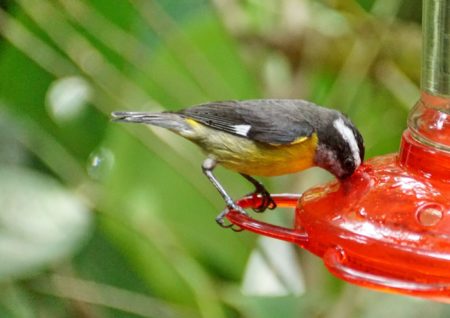
FOMO is real but please pace yourself. Injury or exhaustion isn’t going to help you see more birds. To keep you and your team safer check the weather (and tides if relevant) before heading out so you’re prepared for outdoor conditions. If flying solo, stick to places you know well to avoid unexpected challenges or getting lost.
Don’t forget to take regular breaks. Take this time to hydrate, chat with other birders, maximize your snack intake, and post about your #BirdsCaribGlobalBigDay experience to your socials. We insist that you tag us @birdscaribbean in your photos and videos so we can cheer you on.
Pro Tip: Laying down on the ground in the field is a great way to take a rest. Just point your binoculars skyward and tell people you are checking the treetops for birds (beware of ants when following this tip!).
Don’t Miss the Night Shift
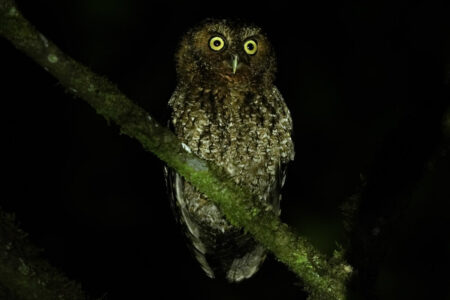
Who doesn’t love owls with their round, watchful eyes and silent flight?! Be sure to include some birding in the dark to add some fascinating nighttime species to your list!. Choose a place you know well by daylight and plan your route ahead of time. Exploring unfamiliar places at night is risky, so stick to familiar ground to stay safe and make the most of your nocturnal birding adventure.
Carry a flashlight—it will help you find your way and pick out wildlife in the dark (but don’t use it to disturb the birds or other animals!)
Use your ears—this is the best way to bird at night. Listen out for nocturnal calls and see if you can identify the birds you hear!
Bonus: Nighttime birding is eerie, magical, and wildly underrated.
What You Don’t Know CAN Hurt (Your Species Count)
You’ve checked and rechecked your field guide, but you are still not sure just what that small brown bird is. Don’t go it alone! You can try using the Merlin ID app to help you nail your species ID, or even better, share your photos or audio recordings with your big day team. Remember you’re all in it together to get the highest species total (and dethrone the Piping Pawis).
Pro Tip: On the ‘All About Birds’ pages from Cornell you can get some great side-by-side comparisons of similar species to help with ID.
Final Thoughts: Embrace the excitement! Not everything will go as planned, but that’s part of the fun. Global Big Day is all about adventure, unexpected moments, and, of course, incredible and wondrous birds. Keep your spirits high, enjoy the experience, and remember: every observation (that you submit to eBird) counts!
Go forth and bird boldly. We’re cheering for you!
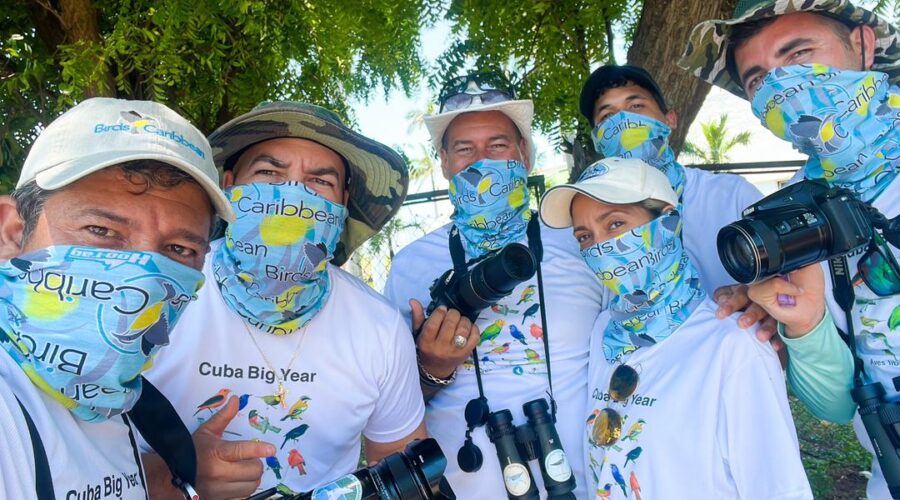
HELPFUL RESOURCES
- How to participate in Global Big Day 2025
- How to join an existing team on GiveButter
- How to share your GBD eBird checklists with your team on GBD
- Global Big Day 2025 Photo Contest Guidelines
- GLobal Big Day 2025 eBird Announcement from Cornell Lab of Ornithology
- BirdsCaribbean Webinar on how to use eBird and Merlin (Global Big Day, 2021)
- eBird Essentials: If you’re new to eBird or want to learn how to get more out of it, take this free course.
- Birding 101: How to Identify Birds
- Waterbird Identification Part I: Herons, Egrets, Ducks, Marsh Birds, Seabirds
- Waterbird Identification Part II: Shorebirds
Have questions or need help?
Check with your team leader listed here.
Reach out to Lisa Sorenson, Jeff Gerbracht, or Christel Mohammed.
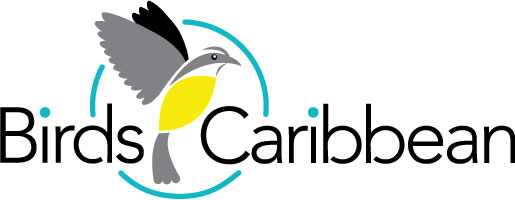
What a fantastic guide for Global Big Day! I especially appreciated the practical tips on route planning and making the most of eBird – definitely going to put those into action. It’s also inspiring to be reminded how our individual observations contribute to something much bigger for bird conservation.
(I’m also positive the writers behind this are extremely good looking).